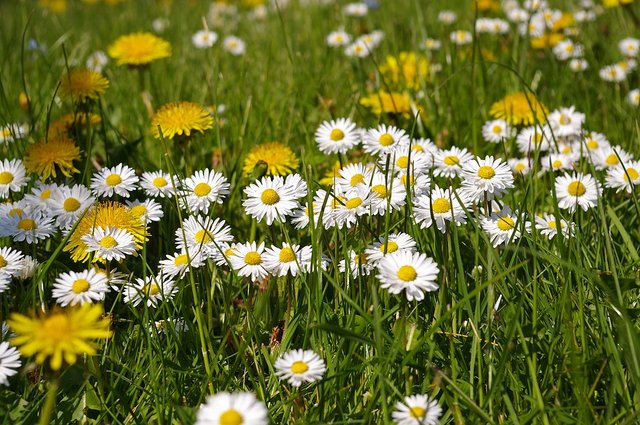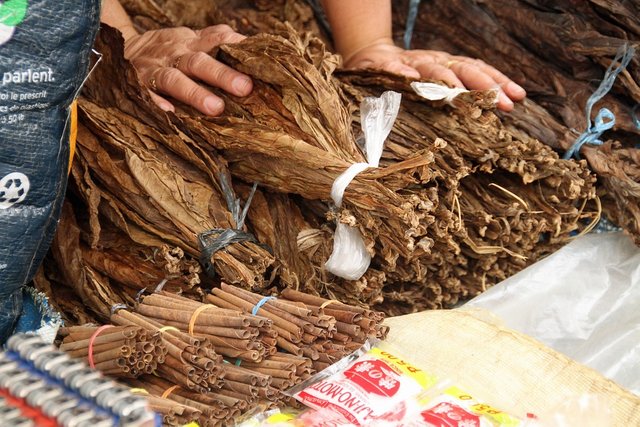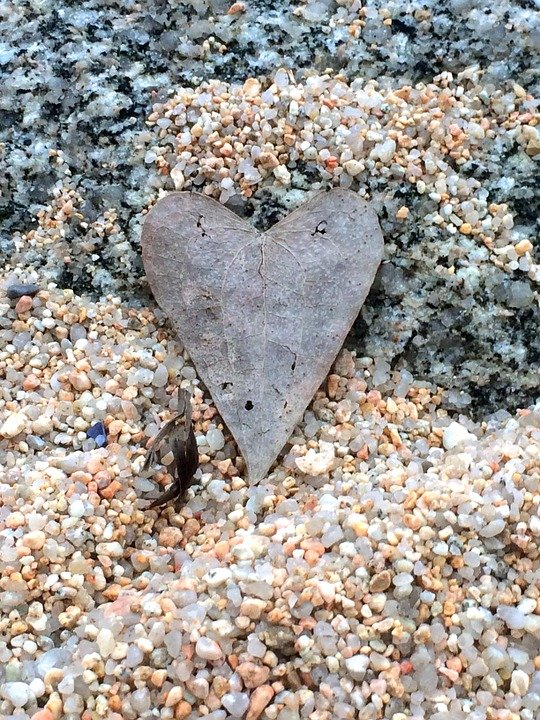Being of Light - Plant's Circadian cycle
How does night lighting affect our plants life cycle? All of them. That one too.

They fooled us with that "spring" thing.
They fooled us with the picnic, the astronomy behind it, the effervescent yet simple love but, above all things, they fooled us with the flowers. Saying that flowers mean "spring" is just like saying that "all men are the same", and for that kind of oversimplification we already have the "effervescent yet simple love", and the harsh and persevering opinion about men of "Martha" (51 years old), owner of 2 divorces and a mustache she's proud of.
The problem lies deep within, it is born when we notice that for there to be flowers in spring, the plant need to know what is spring, that would imply that it knows at what part of the year we are at. And, what kind of idea does a vegetal have about spring? NONE.
O not...
Because evolution is neither fool or lazy, it selected tulips, onions and lettuce very able to know at what part of the year we're at, so that they may bloom at the best moment. The best moment for them, not to become a bouquet of flowers of a size directly proportioned to the hope we've to be forgiven.
So, yes; plants are able to perceive the world in their way. We've the phenomenon right in front of us in the shape of several sensitive plants like the Mimosa Pudica, all we need is to touch it to see the reaction, moving away. We see it with sunflowers facing the sun. And I saw it in an unexpected call from, lets call him, John that was asking me if I knew why his plants were growing weird.

To plan my strategy against this balcony enigma, I asked my friend in what conditions does he have the environment where the plant is at; also, with what species was he having problems. But, surprisingly for me, he had his whole garden made a mess. Uncolored leaves, tall stems (or also short ones)... Everything looked like a Frankenstein lab (Botanical version).
John lived next to a cinema (the last porn cinema around, a detail that does not add anything to neither the science nor history of this article, but does to the anecdote), and his balcony was right there facing the marquee. Everyone turns off the lights to sleep, it is instinctive, natural, plants also respond to light (just in case you did not notice such an obvious fact, I state it), finding in light their way to perceive the surrounding environment. The same environment that selected the ones that adjusted better to bloom in situations that, sometimes match with the beginning of spring.
Phytochromes are proteins able to change their shape when they receive light. On/Off switches for certain genes that trigger several functions in the plants depending on the amount of hours of no light they get (Yes, you read right, it's the lack of light what "triggers". Confusing, I know).

Different kinds of light change a particular Phytochrome in two different ways, both immortalized with the most perfeclty fit: "Pr" for the red light reactive one (Phytochrome red), and "Pfr" for the far red sensitive one (Phytochrome far red). But the important thing is not how botanists lacked of any creativity at the time of forging their terms, to the point of converting them in awful choices as marketing assessors; the important thing is, how in heck the marquee was ruining John's plants.
During daytime, light hits the Pr and shapes them into Prf, because Prf is the active shape, lets say that it is the one that DOES things, different thing in plants of short or long "days" (we'll get to this later), but "things".
A plant needs sunlight for several things. As a cardinal point to grow, as fuel to generate sugars all all the other bunch of things that edge magic that a plant may synthesize with no other needs but water, carbon dioxide and a couple of salts taken from the soil. It needs light so much that it even uses it to bloom at the most adequate moment, environmentally speaking.
Sometimes they detect light because of its presence, others, by the power of the dark side.

Here's where the "short day" plants come into the picture, they bloom in fall-winter, and the "long day" ones in spring-summer.
In short day plants, Pfr spends its whole time suppressing the blooming genes so that the plant will target its whole metabolism to grow, and not wasting that energy in flowering. In the long day ones, Pfr does EXACTLY the contrary, activating the genes. The same signal is used for different things, because greeting your girlfriend by slapping her ass is interpreted in one way, doing the same to greet her father has a different effect.
The issue is, when we take away the light, all the Pfrs start to decay, eventually turning into Pr, and that is why today we know that plants are grouped in short and long NIGHTS. Because what matters is how much time does the plant have to "loosen up" physiologically and understand that outside it is winter where we know there's LONG nights. In those nights all the phytochores that are wandering around are in the shape that is non-excited by light. All this to say that the control of light is controlling spring, that mankind knows this and exploits it, that is why in tobacco fields (a long night plant) a pulse of light is used to keep the Pfr high and prevent the plants from flowering.

At John's balcony, the exact same thing happened, but with unhappy results; thanks to porn.
Blooming or not is because of absence of light, because "No one knows what they have, until it's gone" and not even a lettuce is free from that, because PLANTS DO FEEL. The may be heartless and emotionless, but they do feel.

If you liked this post and its informal way of talking about sciences, please, follow me for more!
Leave a comment either for good or for bad reviews. I take everything as constructive, and I really appreciate the feedback, even from trolls (at least a troll read it before being himself!).
Copyrights:
All the previously used images are of my authory or under a CC0 license (Source: pixabay), unless openly stated.
All the Images created by me possess a WTFPL licencing and they are free to redistribute, share, copy, paste, modify, sell, crop, paste, clone in whatever way you want.
wow, I love this article, I will read it again tomorrow with my morning coffee, as an environmental biologist, I found it so refreshing and inspiring, you are a brilliant writer keeping people engaged and teaching at the same time, a rare gift. Thanks for one of the best posts I have read in a while.
Considering whom that comes from... Your comment is the kind of reward I seek for at every one of my articles. Thank you very much!